Lex
Lex is a futuristic machine learned referee system for 3v3 pickup soccer games.
Completed in 2 weeks at CIID together with Clara Subirats and Radhika Agarwal, supervised by Simone Rebaudengo (frog), Joshua Noble (frog) and Bjørn Karmann (Tellart)
My role: Processing and Arduino programming, shape building.
Link: CIID Website
Lex is a machine learned referee system for 3v3 pickup soccer games. The Lex system includes smart goal posts, a soccer ball, unique machine recognized uniforms, an instruction manual, carrying bag and the machine trained referee.
Lex is designed to explore the question of decision automation in sports and whether a machine learned referee is actually more objective than a human referee. In the pickup domain, Lex explores how behaviors of players would change in the presence of a machine learned referee and what the limitations of this technology are. In exploring these questions Lex provides a critical view of the future of machine intervention in sports and insights into how we can better design this collaboration for the future.
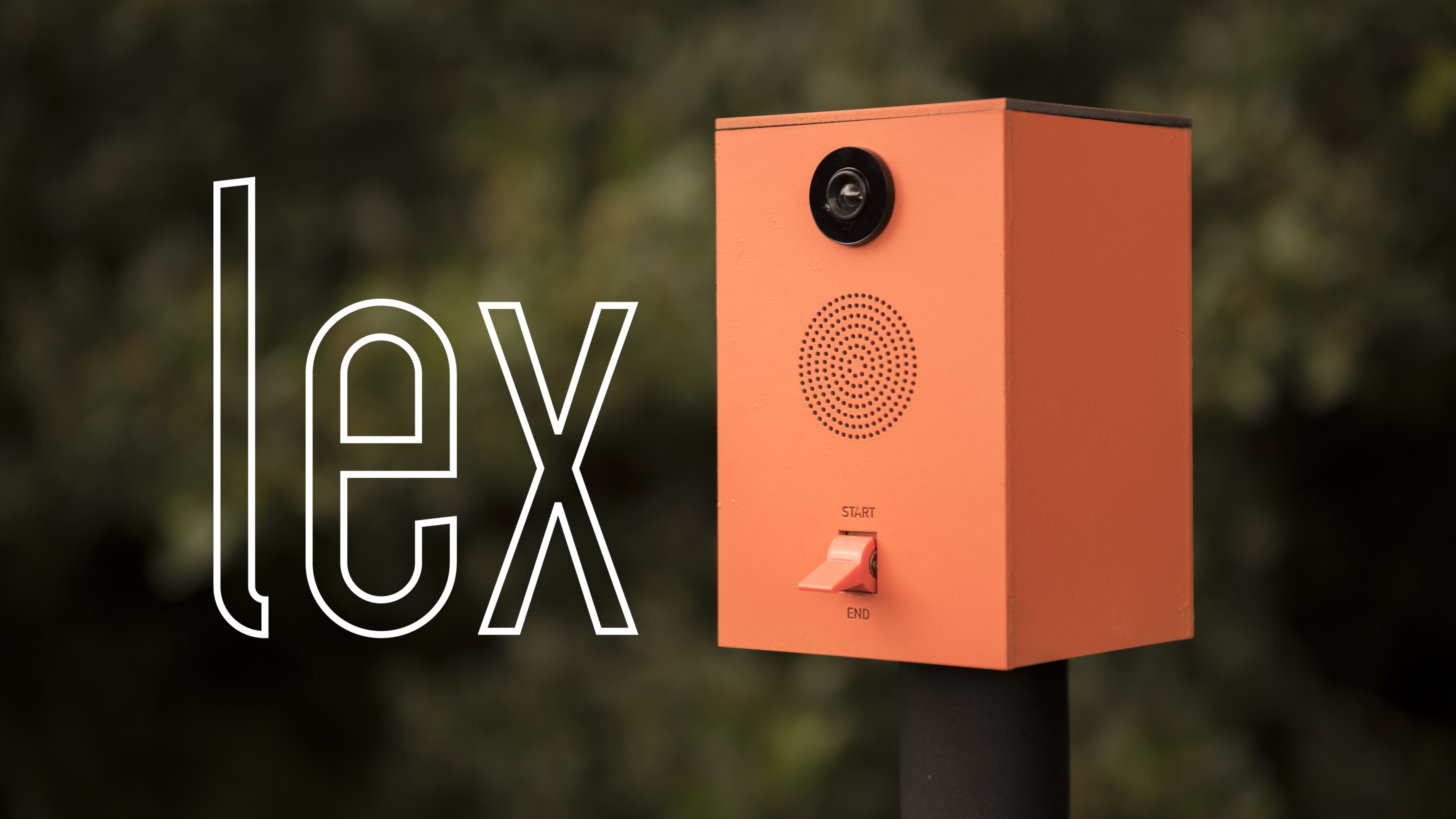
The process
500 years ago, soccer was played team vs. team without the need for an external authority. 200 years ago, we introduced “objective” referees to the game to make calls in the event of unclear plays. Fast forward to 3 years ago when GoalControl was introduced in the FIFA World Cup to support referees making tough calls. With the advances in AI and Computer Vision, how would the informal part of the most popular game in the world change? What if there was an affordable AI referee to oversee a pickup football game? What if it wouldn't be always right, and be prone to making errors, just like real humans do?
This was how we were introduced to a very interesting part of design process: futurecasting. In order to design for 5 years in the future, one has to imagine that future in a way that would make sense today. In other words, futurecasting is using what we know about today to create projections of what the future may hold. We use what we learn from these projections to inform product decisions. This is not about trying to predict the future, but more about trying to anticipate one, which we would like to happen.
Projections
In order to imagine how the future of informal football games would look and function like, we were trying to understand things that would most likely happen in 5 years time. We assumed the following trends to be likely to happen:
1. The AI technology will be good enough.
In the recent year alone, there were enormous advances in not only the AI technology itself, but also in the way the technology is being introduced to a wider and wider range of interested people. We believe, that in five years time, AI technology in everyday objects will be good enough to facilitate basic functions.
2. Football is not going anywhere.
Football is still number one sport all over the globe, and there are little signs of going away. In fact, one of the reasons for it's popularity is the simplicity of it: the rules are not complicated, and there is little equipment needed. Furthermore, commercial football is gaining more and more traction in one of the biggest consumer economies in the world - USA. They call it soccer.
3. Experiences over material possessions,
services over products.
While it is partly already true today, be believe that most of the design processes in the future will focus on services rather standalone products even more. People will spend most of their capital on experiences rather than things, since social capital will trump the material capital. Thus, we have to design an omni-channel solution, that would extend beyond the utility of one pickup game.
Having defined these semi-speculative constraints, we have set ourselves to ideate and prototype potential concepts.
The concept
The Lex system includes smart goal posts, a soccer ball, unique machine recognized uniforms, an instruction manual, carrying bag and the machine trained referee.
Using color detection of the soccer ball, the goal posts record and display when a goal is scored. Each uniform has a QR identicon unique to the player printed on the socks and reversible jerseys. This unique identifier allows the referee to recognize when a particular player commits a fault, scores a goal or is given a penalty. These game statistics are tracked by the referee and can be later viewed on the LEX website alongside metrics of all the games taking place worldwide. The different calls made during the game are visualized by the LED patterns on the main frame of the referee. A legend of these calls are found in the instruction manual.
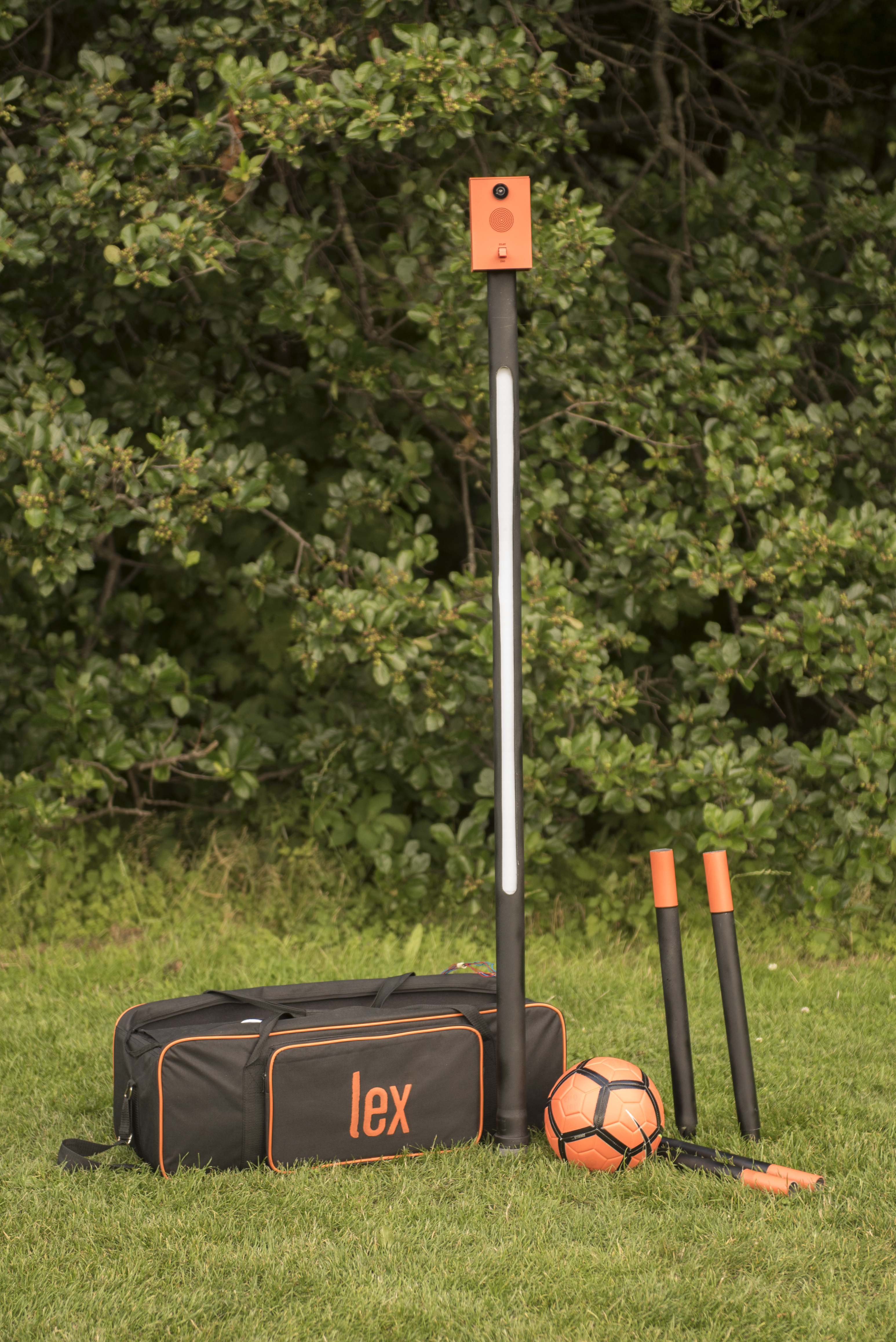
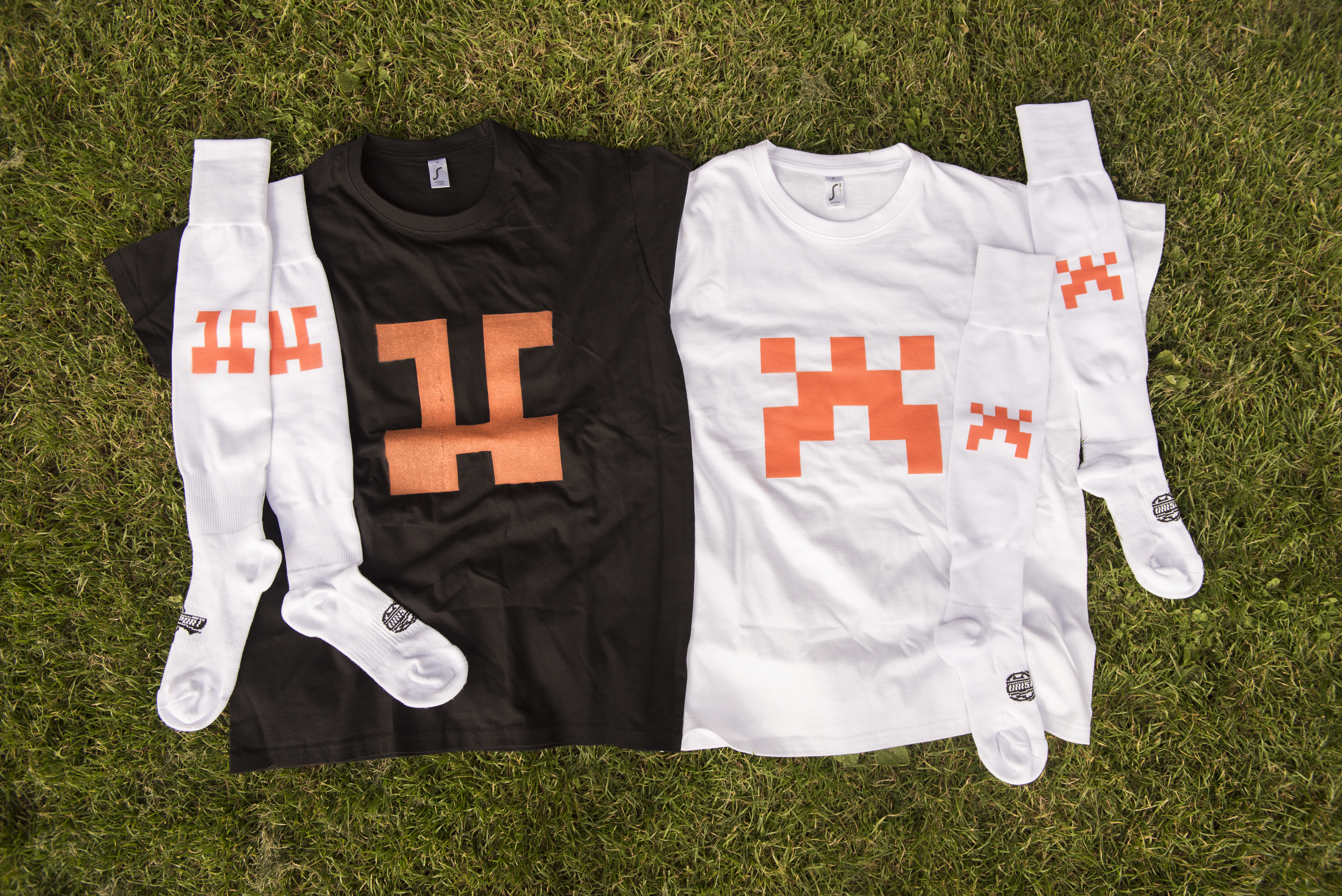
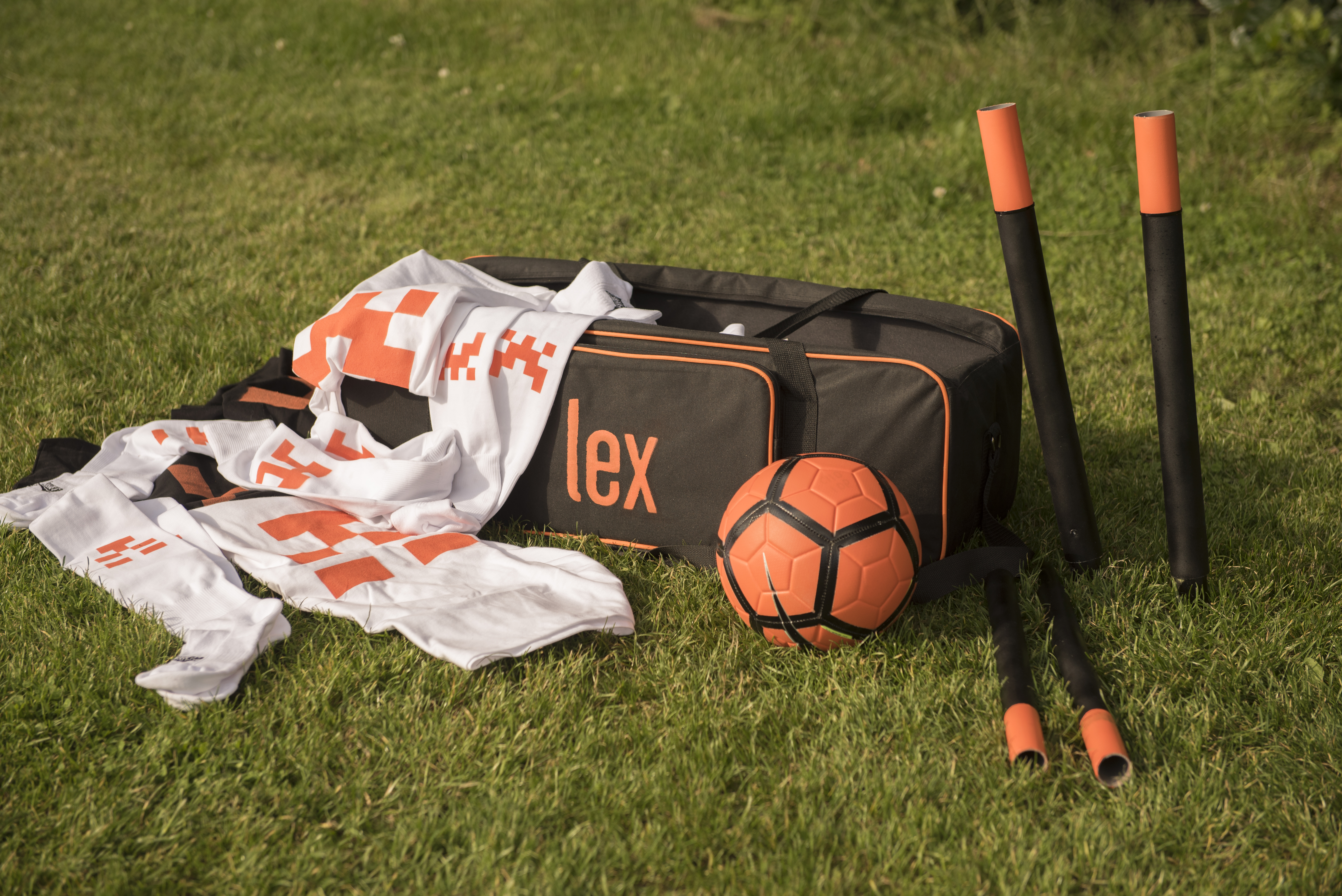

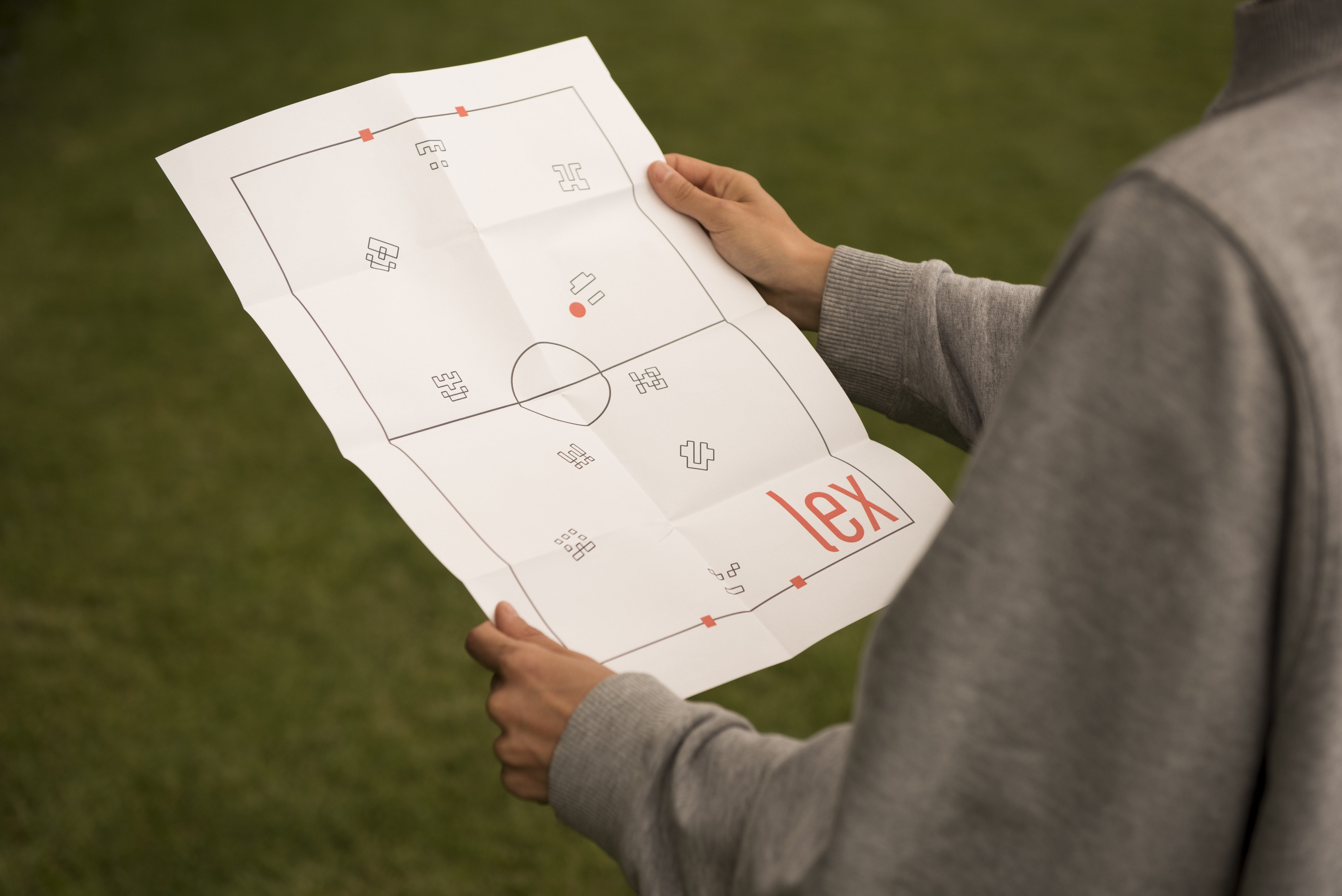


 <
<